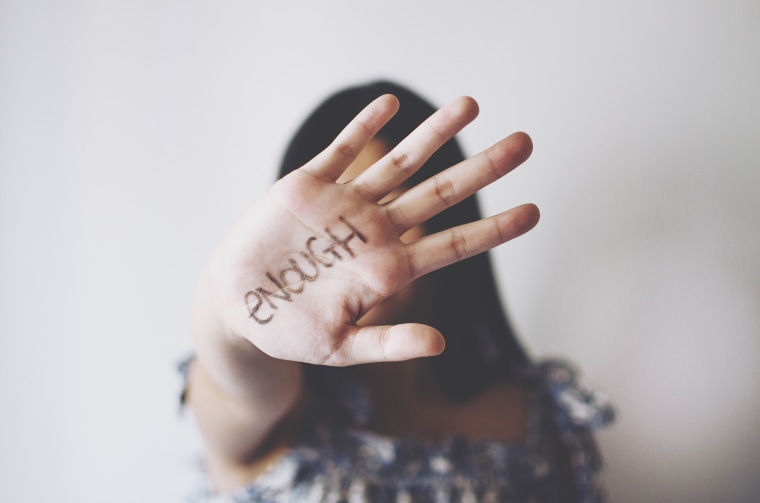Introduction
Different reports collected from various schools are in agreement that violence is becoming rampant in many institutions. Indeed, violence happening in schools is the leading form of abuse against children. It takes varying types ranging from psychological to physical abuse. Violence in the leading schools occurs through attributes of repression, bullying, and intimidation. Despite the increase in the number of such cases in schools, most of the students do not report some of the violent incidents. They have expressed concerns that the authorities lack the mechanism of solving violence cases. Additionally, the police do not take them seriously.
Any form of violence in schools is detrimental for students, and the best solution is the unity of stakeholders.
Forms of Violence at School
Despite being in the 21st century, gender-based violence is still on the rise. The report of the survey conducted on 4000 students in Canada has given the revelation that one in every seven girls has experienced sexual assault. This is a worrying trend in schools since the aspect of reporting does not capture all the cases (Shapiro 45). Several examples are not reported for fear of victimization. Others do not report because the administration lacks clear guidelines for handling such cases. Men are also increasingly becoming victims of sexual violence. They undergo prejudice and rejection because of gender. The most depressing is the aspect of rising violence in schools committed by women.
Studies from Canada relay that 78 cases of violence were reported in schools. Further, the report asserts that 154 female teachers and two male teachers are under investigation for committing such crimes (McGuire 2). This means that women lead to committing violence in schools both in Italy and Canada. When considering 63 cases in Italy, it emerged that 81% of the evidence reflected violence in the form of maltreatment. Moreover, 19% of the victims reported having experienced a psychological form of abuse. Further reports from plan international have approximated the number of students experiencing violence yearly to be 246 million (McGuire 2). Another leading cause of violence in schools is identified as religious reasons. Today, schools are characterized by rising spiritual practices that are borrowed from different religions and sects. Yes, these various sects are involved with school violence as they fight for followers. The leadership of these groups is on the quest to extort money through their terms. They dictate and manipulate the commandments for their benefit. Through the use of confusion and dark messages, they spread fear to the students and force other reluctant students into doing their will. In this regard, religion has become a source of violence in schools.
Psychological violence stemming from the disruption of emotional balance has also been on the rise in the leading schools. Psychological abuse manifests on the restriction of ordinary activities of the students. Denigration and ridicule due to race, religion, or financial capability is another form of violence in schools. Further, the uses of threats, including intimidating languages, violate the rights of the students. Hence, they are classified as forms of rising violence in schools (Shapiro, 27). Discrimination has also persisted amongst the students and has been regarded as another leading cause of violence. Certainly, it has emerged from the CBC report that a good number of students do not report cases of violence committed against them (McGuire 1). Lack of reporting has been attributed to a hostile environment, and CBC News is enacting measures to help in restoring change and hope to the students.
Preventing Violence in Schools
Despite the rising rate of violence in schools, some measures can be taken to reduce it. One of the steps is to open communication channels with the students. When the students are engaged in communication, they disclose detrimental information about the school. This information relates to violence, drug consumption, discrimination, and their overall ideas about the schools.
Setting guidelines and limits for the children helps them understand what is expected of them. The consequences of not following the rules must also be communicated. Indeed, family rules are essential in developing a discipline for the students. Training from home translates into school discipline. This contributes to the realization of reduced violence (Matthew J. Mayer, 52). Discipline reduces force because the students are accustomed to doing the right thing at home and school.
Additionally, solving violence in schools calls for the intervention of parents, teachers, and the community. Indeed, parents must understand their boundaries and intervene to restore discipline upon their children. It is the parents’ responsibility to talk to their children when they exhibit a poor attitude that poses potential harm to other students. Monitoring and evaluation of children for potentially bad habits will significantly reduce the prevalence of violence in schools.
Finally, parents should join the violence prevention coalition because this can reduce its prevalence by 30%. The violence prevention coalition is a community-based program aimed at creating safe schools and communities at large (McGuire 2). Indeed, they work together with the schools and parents to identify potential disparities and sources of violence. Additionally, they also identify possible solutions to the problems in schools. This has significantly contributed to the reduction of violence in schools.
Conclusion
Violence in schools is arising disparity that needs to be addressed. There are different forms of manifestation of violence, but the consequences remain detrimental to the students. Records have shown that women are increasingly participating in oppressing students. Despite the cause of violence, critical concerns have been raised regarding solving them. Yes, solving cases of abuse in schools is a collective effort between students, teachers, parents, and the community. When all these players come together, solutions are imminent.
Works Cited
Matthew J. Mayer, Shane R. Jimerson. School Safety and Violence Prevention: Science, Practice, Policy. United States: American Psychological Association, 2019.
McGuire, Jennifer. “Why CBC started looking into violence in schools.” 24 10 2019. CBC. 21 4 2020.
Shapiro, Harvey. The Wiley Handbook on Violence in Education: Forms, Factors, and Preventions. Washington, DC: John Wiley & Sons, 2018.


